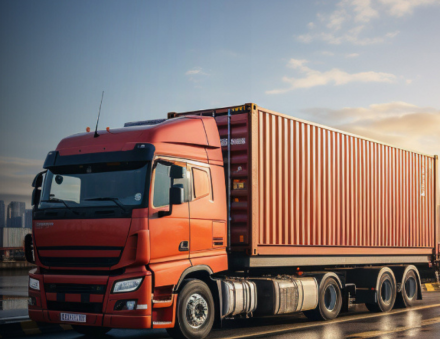

Integrated Planning for Sustainable, Agile Maritime Operations
What our customers say about us
The challenge
Ports and shipping companies are battling a fluctuating geopolitical landscape and mounting sustainability pressures. However, the primary challenge is the ever-increasing shipping volumes.
Legacy planning systems, such as emails and phone calls, are no longer sufficient, leading to an incomplete picture of plans and a lack of agility to deal with real-time disruptions. As a result, barge operators and crane crews face longer waiting times, causing congestion everywhere – ports, waterways, loading of ships, and terminals.
Addressing this complexity requires a solution that accurately reflects operational realities. Fortunately, you don’t need bespoke software. We help you optimize planning with the best of both worlds: standard software tuned to align perfectly with your business. Let’s have a look at some of your planning challenges.
-
SituationShipping volumes are causing congestion in your ports and waterways. This increases lead times and impacts your service levels.
-
ComplicationIn multi-terminal ports, chances are every terminal call links with other calls. Each terminal solves its puzzle, creating a locally optimized plan but not an overall plan due to the lack of visibility.
-
QuestionHow can you implement and optimize port-wide planning?
-
AnswerPlan all container barge and terminal calls with an integrated planning solution, significantly reducing congestion and average port call times.
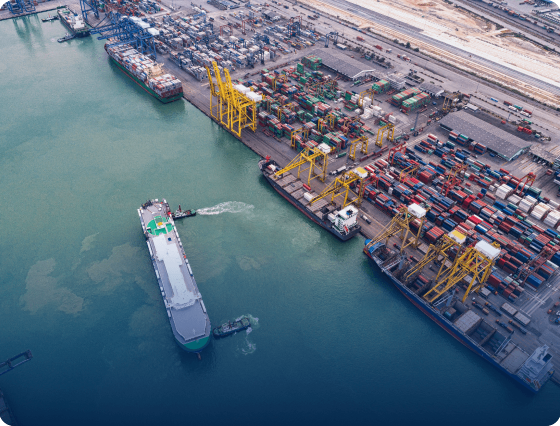
-
SituationTerminal planning is a complex puzzle requiring you to plan a variety of resources: cranes, storage space, workers, and transport.
-
ComplicationThese puzzle pieces move around constantly, with ships arriving early or late, (un)loading times taking longer, load lists changing, etc. Your planning is unstable, creating inefficiencies.
-
QuestionHow can you automatically plan the terminal, including all resources, and account for continuous changes?
-
AnswerWith a virtual twin, you can oversee all aspects of terminal operations. Continuous optimization ensures that changes are automatically reflected and updated in your plan, improving efficiency and maximizing revenue.
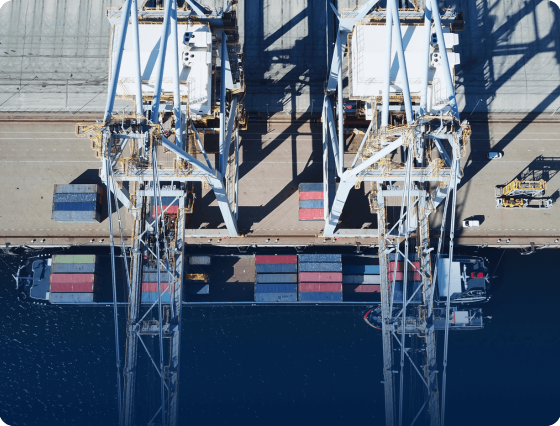
-
SituationTransport routes from terminals can hold a wide range of modalities. Your planners decide when the modality is used and where.
-
ComplicationThey also must consider the impact on cost and capacity. Each decision influences all other shipments. For instance, an optimal decision made two hours ago may not work now.
-
QuestionHow can you optimize all modes of transport, accounting for cost, capacity, and due date/time?
-
AnswerIntegrating planning across your entire chain can help you generate the optimal plan, enabling you to maximize capacity and resources while ensuring the least cost solution for executing all shipments.
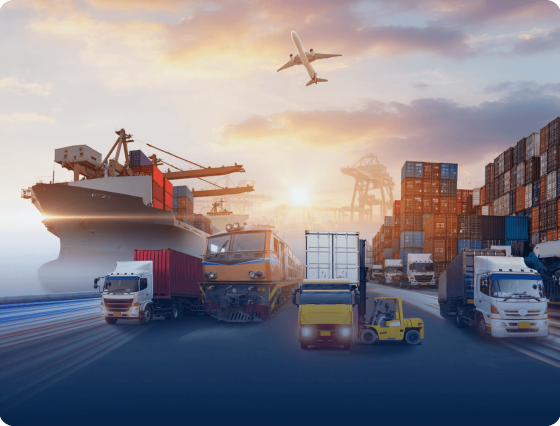
-
SituationTo fulfill orders, you often choose between different sizes and types of containers, ensuring you consider load and origin. Your decisions also impact repositioning and cleaning costs.
-
ComplicationApart from choosing the correct container in terms of load and origin, you also need to plan for its destination and the (potential) next load.
-
QuestionHow can you make the most cost-effective decisions to assign the correct container considering previous, current, and future loads?
-
AnswerAn advanced planning solution that fully aligns with your specific operations supports you in making the most cost-effective decisions.** Depends on the predictability of your business and the quality of your historical data.
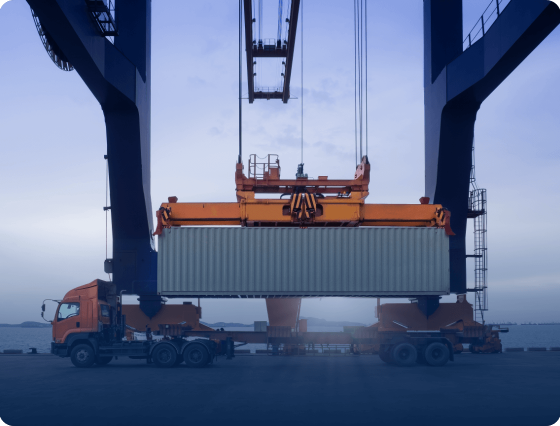
-
SituationYour goal is to optimize ship capacity, but there are many aspects to consider. These include load weight and balance, loading restrictions, deck dimensions, and sequence of (un)loading.
-
ComplicationThe situation is dynamic. There can be multiple port calls for loading and unloading, each with different restrictions.
-
QuestionHow can you maximize ship capacity and look ahead to future loads and unloads without creating excessive port handling times?
-
AnswerWith a virtual twin, you can identify the relevant specifications of every ship. At each moment, you know what is loaded and where with the ability to check and respect all restrictions.
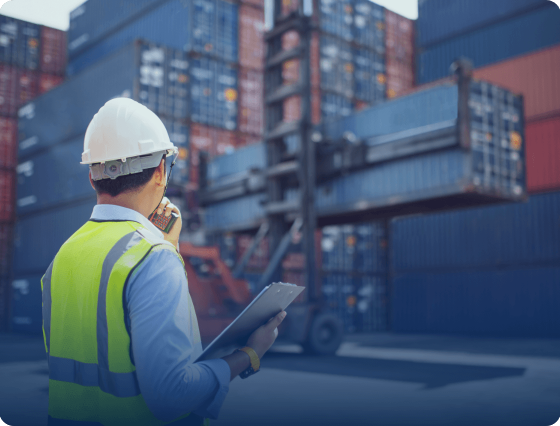
-
SituationYou have environmental targets and want to track waiting times, sailing times, idling times, and gasoline usage. You lack visibility over your entire operations, and the means to measure performance against sustainability KPIs.
-
ComplicationIncreasing governmental pressure and environmental legislation add more constraints and complexity to your planning.
-
QuestionHow can you enable your planners to work towards organization-wide sustainability goals?
-
AnswerKPI-based planning provides your planners with all the information they need to make the right decisions, considering environmental targets while respecting all constraints and legislation.
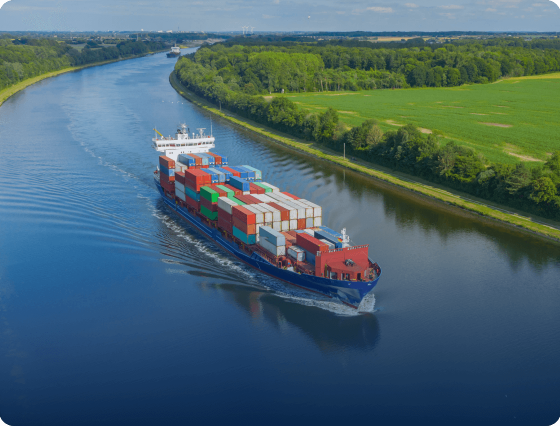
-
SituationShipping volumes are causing congestion in your ports and waterways. This increases lead times and impacts your service levels.
-
ComplicationIn multi-terminal ports, chances are every terminal call links with other calls. Each terminal solves its puzzle, creating a locally optimized plan but not an overall plan due to the lack of visibility.
-
QuestionHow can you implement and optimize port-wide planning?
-
AnswerPlan all container barge and terminal calls with an integrated planning solution, significantly reducing congestion and average port call times.

-
SituationTerminal planning is a complex puzzle requiring you to plan a variety of resources: cranes, storage space, workers, and transport.
-
ComplicationThese puzzle pieces move around constantly, with ships arriving early or late, (un)loading times taking longer, load lists changing, etc. Your planning is unstable, creating inefficiencies.
-
QuestionHow can you automatically plan the terminal, including all resources, and account for continuous changes?
-
AnswerWith a virtual twin, you can oversee all aspects of terminal operations. Continuous optimization ensures that changes are automatically reflected and updated in your plan, improving efficiency and maximizing revenue.

-
SituationTransport routes from terminals can hold a wide range of modalities. Your planners decide when the modality is used and where.
-
ComplicationThey also must consider the impact on cost and capacity. Each decision influences all other shipments. For instance, an optimal decision made two hours ago may not work now.
-
QuestionHow can you optimize all modes of transport, accounting for cost, capacity, and due date/time?
-
AnswerIntegrating planning across your entire chain can help you generate the optimal plan, enabling you to maximize capacity and resources while ensuring the least cost solution for executing all shipments.

-
SituationTo fulfill orders, you often choose between different sizes and types of containers, ensuring you consider load and origin. Your decisions also impact repositioning and cleaning costs.
-
ComplicationApart from choosing the correct container in terms of load and origin, you also need to plan for its destination and the (potential) next load.
-
QuestionHow can you make the most cost-effective decisions to assign the correct container considering previous, current, and future loads?
-
AnswerAn advanced planning solution that fully aligns with your specific operations supports you in making the most cost-effective decisions.** Depends on the predictability of your business and the quality of your historical data.

-
SituationYour goal is to optimize ship capacity, but there are many aspects to consider. These include load weight and balance, loading restrictions, deck dimensions, and sequence of (un)loading.
-
ComplicationThe situation is dynamic. There can be multiple port calls for loading and unloading, each with different restrictions.
-
QuestionHow can you maximize ship capacity and look ahead to future loads and unloads without creating excessive port handling times?
-
AnswerWith a virtual twin, you can identify the relevant specifications of every ship. At each moment, you know what is loaded and where with the ability to check and respect all restrictions.

-
SituationYou have environmental targets and want to track waiting times, sailing times, idling times, and gasoline usage. You lack visibility over your entire operations, and the means to measure performance against sustainability KPIs.
-
ComplicationIncreasing governmental pressure and environmental legislation add more constraints and complexity to your planning.
-
QuestionHow can you enable your planners to work towards organization-wide sustainability goals?
-
AnswerKPI-based planning provides your planners with all the information they need to make the right decisions, considering environmental targets while respecting all constraints and legislation.

Ensure your maritime operations are optimal and sustainable

Provide end-to-end visibility
When everyone has the same information, you eliminate silos from your planning. As a result, you have visibility across your entire operations, maximizing terminal capacity, lowering costs, and improving customer service.

Plan with always visible KPIs
A virtual twin provides direct feedback on the impact of decisions on all your KPIs in real time. With the ability to compare multiple scenarios, you always make the best decisions to create optimal plans that drive efficiency, boost customer confidence, and maximize resource utilization. You can even incorporate your sustainability goals.

Develop dynamic plans
Make changes based on the latest information. Continuous optimization ensures that the impact is reflected in real time. Create the best plans, even in turbulent conditions. Dynamic planning results in a more efficient and reliable shipping chain and reduced port dwell times.

